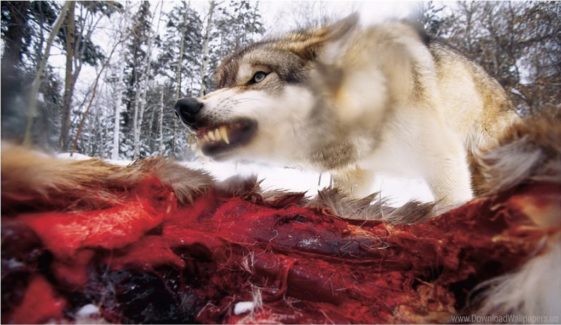There is a molecular component that makes the spilled blood of mammals irresistible to predatory species: E2D. While odors constitute a wide range of chemical signals between species, the researchers claim that E2D is the only essence that elicits significant behavioral responses in different animals, since it not only attracts carnivores, but also makes prey flee.
<center></center>
According to Artin Arshamian, of the Radboud University, "this finding is unique since it is the first demonstration of a single chemical indication with the double function of informing both the prey and the predator". He adds that "it is important to note that it is the first known chemical signal that affects animals and humans alike".
E2D, also known as trans-4,5-epoxy-2-decenal (we prefer to use its acronym, yes) is formed when blood fats decompose due to exposure to air. Without open wounds there is no E2D.
The molecule was identified for the first time in 2014, when it was isolated in pig blood; then they tried their "attractive" olfactory with three species of wild dogs and some Siberian tigers.
The predators never had enough when they sniffed, licked or bitted logs smeared with E2D scent. The team observed the same behavior in these animals when real blood was used in the experiments.
In this new research, the team wanted to see what the effect of E2D was on the weakest organisms. "We presume that the species that are usually prey would be under evolutionary pressure to become sensitive to E2D," and that is how it was. They showed that the E2D made the prisoners flee to "avoid a blood bath," according to experts.
Humans are also sensitive. "Most people with whom we have tested E2D are sensitive to concentrations of less than one part per billion; this is rare, since most of us have the detection threshold in concentrations of one part per million or, the most intense, one billion. "
Our sensitivity to the smell of blood comes, no doubt, from our ancestors. The E2D was formerly a threat signal, and according to experts, "humans are opportunistic predators, and probably evolve from a prey species, and some aspects of this feature persist."
------------------
Reference:
<a href="http://www.sciencealert.com/blood-molecule-lures-predators-surprising-effect-prey-e2d">Science Alert</a>
<center></center>
 hiveblocks
hiveblocks